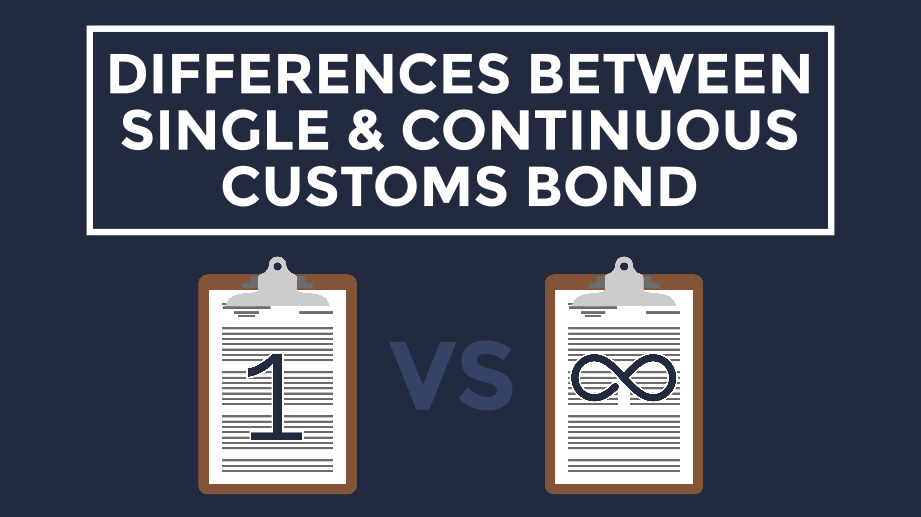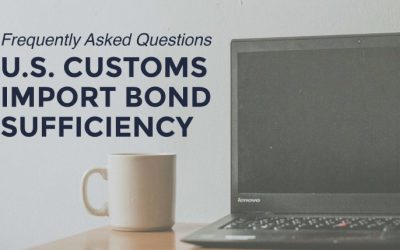In a short educational video, Trade Risk Guaranty defines the difference between Single Entry and Continuous Customs Bonds.
After learning the basics of Customs Bonds in our educational video on ‘What is a Customs Import Bond?’, it is time to dive into the topic and learn the difference between Single Entry and Continuous Customs Bonds.
In order to clarify this topic, Trade Risk Guaranty has put together a brief educational video explaining these differences and answering the following questions:
- How are these two bonds calculated?
- What makes a Continuous Customs Bond a better option?
- Which of these Customs Bonds are a good fit for your company?
Before diving directly into the video, let’s start with a general understanding of these two ways of purchasing a U.S. Customs Bonds.
What is a Single Entry Customs Bond?
A Single Transaction bond, also referred to as a Single Entry bond only covers the entry of goods for which it was specifically written. This means that a new bond must be purchased for every entry you make. A bond for a single entry must be filed directly at the port where the entry is made and it does not include the ISF bond which is also a requirement of importing in the United States.
The bond amount for a Single Transaction Bond is determined by the value of the goods themselves. Therefore every entry made would be calculated based on its individual value.
What is a Continuous Customs Bonds?
Continuous Customs bonds have a term of one year and are automatically renewed each year. The bond on file with Customs stays valid until it is terminated by one of the 3 parties on the bond; the surety, the bond principal, or Customs and Border Protection. While a valid bond is on file, the importer is able to make an unlimited amount of entries under that one bond. Continuous Customs bonds are filed electronically, so an importer is able to use them at any port of entry. And they include the ISF bond as well.
The bond amount for a Continuous Customs Bond is determined based on the total duties, taxes, and fees associated with the imports over the course of a full year, with a minimum bond amount of $50,000. We will go into how these bond amounts are calculated in detail in a future video.
Is a Single Entry Bond or a Continuous Customs Bond Better for Your Business?
When comparing these two ways to purchase a U.S. Customs Import Bond, you can select the method that best suits your import practices. Depending on how many entries you make in the course of a year and how much you are paying for each Single Entry Bond, a Continuous Customs Bond can easily be the more cost-effective option. The standard in the industry is that companies making entries more than twice in a year find that a Continuous Customs bond drastically saves them money, not to mention time.
Learn the Difference Between Single Entry and Continuous Customs Bonds
Watch the following video to learn the basics of U.S. Customs Import Bonds and if your business needs one.
Did you like that video? Check out the other video in the series on What is a U.S. Customs Import Bond?.





![[Webinar] How Could Changes to De Minimis Impact Your Company?](https://traderiskguaranty.com/trgpeak/wp-content/uploads/2025/05/trg-how-de-minimis-impacts-customs-bond-webinar-400x250.png)

